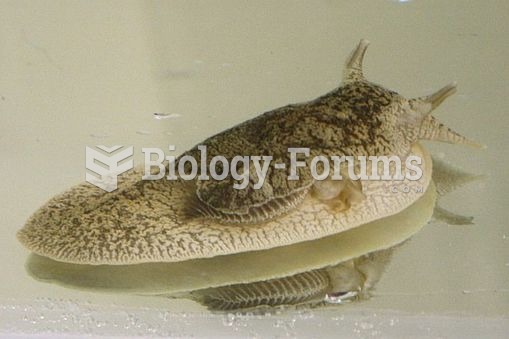|
|
|
The strongest synthetic topical retinoid drug available, tazarotene, is used to treat sun-damaged skin, acne, and psoriasis.
Before a vaccine is licensed in the USA, the Food and Drug Administration (FDA) reviews it for safety and effectiveness. The CDC then reviews all studies again, as well as the American Academy of Pediatrics and the American Academy of Family Physicians. Every lot of vaccine is tested before administration to the public, and the FDA regularly inspects vaccine manufacturers' facilities.
As many as 28% of hospitalized patients requiring mechanical ventilators to help them breathe (for more than 48 hours) will develop ventilator-associated pneumonia. Current therapy involves intravenous antibiotics, but new antibiotics that can be inhaled (and more directly treat the infection) are being developed.
The newest statin drug, rosuvastatin, has been called a superstatin because it appears to reduce LDL cholesterol to a greater degree than the other approved statin drugs.
There are more bacteria in your mouth than there are people in the world.
 Enzymatic features of DNA polymerase that account for its inability to copy one of the DNA strands a
Enzymatic features of DNA polymerase that account for its inability to copy one of the DNA strands a
 Death cap (Amanita phalloides) is New Zealand’s most poisonous toadstool – and one of the most poiso
Death cap (Amanita phalloides) is New Zealand’s most poisonous toadstool – and one of the most poiso





